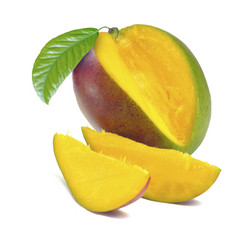Ready-to-eat produce and food safety
The preparation of RTE fresh produce is missing one important step: treatment that reduces the final microbial count. This represents an underestimated public health risk, with the possibility that some products may carry pathogenic bacteria or other contaminants. Another factor for consideration is quality attributes such as appearance, texture, flavour and nutritional value. These challenges were addressed by the project QUAFETY(opens in new window) (Comprehensive approach to enhance quality and safety of ready to eat fresh products). The consortium was made up of 14 partners from 7 countries and included small businesses, public research institutes and universities. Their aim was to improve the quality and safety of RTE produce, with efforts taking into consideration both the food industry and consumers. Work included the development and testing of diagnostic kits, process control aids, decision-support tools, innovative processes, technological innovations and economic evaluations. The project's findings were used to inform the development of a more efficient quality and safety management system for dissemination to potential users. Various studies related to the detection of pathogens resulted in an optimised protocol for extracting bacterial DNA from vegetables, which was important for the development of diagnostic kits. Another achievement was development of process control tools for non-destructive and rapid evaluation, which involved identifying nutritional and functional markers for processing and storage conditions. Project partners also created tools supporting critical points in the fresh-cut processing chain. They investigated various factors that could affect the quality of fresh-cut produce such as melons, rocket leaves and fruit salads. Their findings were related to suitable cultivars, cutting size, atmosphere, and packaging and respiration rate. Researchers explored different innovative processes for improving quality and safety of final product. The results highlight the benefits of alternative methods for water treatment and product disinfection, and thermal decontamination for controlling and reducing microbial growth during storage. Scientists also developed a hands-off watermelon cutting concept that was verified experimentally. QUAFETY provided scientific evidence that can be used by health authorities at EU, national and local levels to determine whether further regulation is required in the area of food safety. Its work will also support educational campaigns for encouraging healthy eating and act as a reference point for specialised and general media when covering quality and safety aspects of RTE fresh produce.







